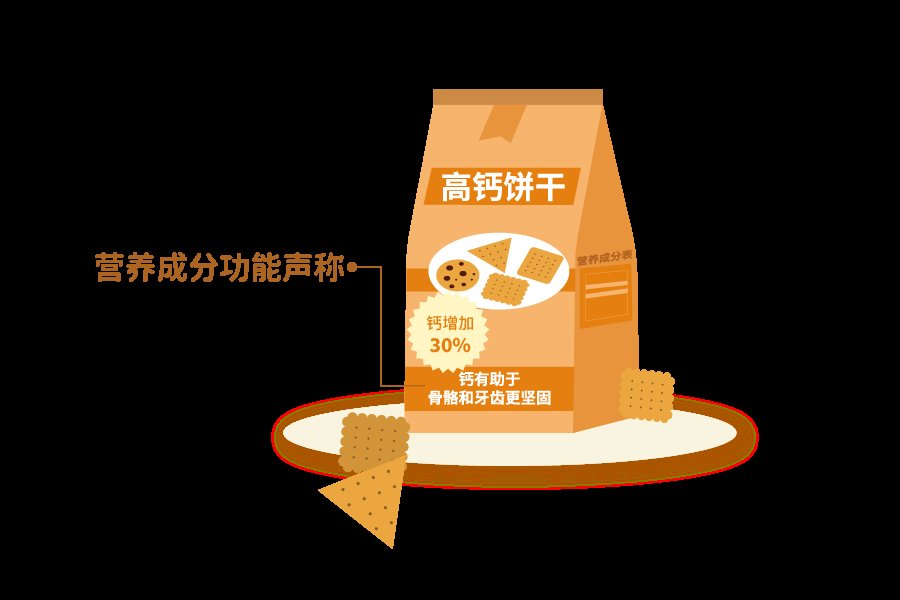The “Dietary Guidelines for Chinese Residents (2022)” was officially released, proposing eight dietary guidelines, of which the seventh is “Knowing how to cook, choose, and read labels”.

Today, I will share with you what the nutrition labels of prepackaged foods contain. They are nutrition Ingredient list, nutritional claims (including content claims and comparative claims) and Nutrition Facts Function Claims.
Nutrition Facts Table is a table indicating the name, content and percentage of the nutrient reference value (NRV) of energy and nutrients, and is the core part of the entire nutrition label.

Due to the intake of energy, protein, fat, carbohydrate and sodium, the nutritional status of the human body is greatly affected, and It is closely related to some nutritional deficiency diseases and chronic diseases (such as high blood pressure, high blood sugar, etc.). Therefore, in our country’s standards, energy and 4 nutrients must be marked in the nutrient composition table, which we call mandatory labelling. “1+4”. For other nutrients, such as calcium, iron, zinc, vitamins, etc., enterprises can choose whether to label them (voluntary labeling).
When purchasing prepackaged food, you can refer to the nutrient composition table to choose the food that suits your health needs.
First, what are the nutrients in the table? For example, which vitamins or minerals are labeled in addition to energy, fat, sodium, etc.?
The second is to look at the content of nutrients, which can be selected by comparing the content of the same nutrients in similar foods.
In addition, it is also very important to see the percentage of nutrients in the Nutrient Reference Value (NRV) – which is often referred to as NRV%.

For example, the calcium content in this biscuit is 280mg/100g, the “280mg” here is too high for us It’s still low, and consumers can’t know it, but it’s easy to understand if it’s expressed in NRV%. Eating 100 grams of biscuits is about 35% of my calcium requirement for a day!

Nutrition claims include both content claims and comparative claims. Content claims can be made when the content level of a certain nutrient exceeds or falls below the specified value, such as “high calcium”, “fat free”, “rich in vitamin C” and so on. As the name suggests, a comparison claim is obtained by comparing the content of nutrients in products of the same type. If the comparison is more than or less than 25%, a comparison claim can be used, such as “increased dietary fiber”, “Salt reduced by 25%” etc. are comparative claims.

Nutrition claims are the voluntary behavior of the company, but once a claim is made, the corresponding nutrients must be listed in the nutrition ingredient table Ingredient content and meet stated claim criteria. “There are numbers in the table” and “evidence” can help prevent false advertising.
Functional claims of nutrients refer to the use of prescribed terms on food labels to describe the functional effects of a nutrient on maintaining normal human growth, development and normal physiological functions. For example, “Calcium helps bones and teeth become stronger” is a description of the role of calcium, which is a functional claim of nutrients.

Similar to nutrition claims, only foods that meet certain claim conditions can make nutritional claims.

Source: National Center for Food Safety Risk Assessment